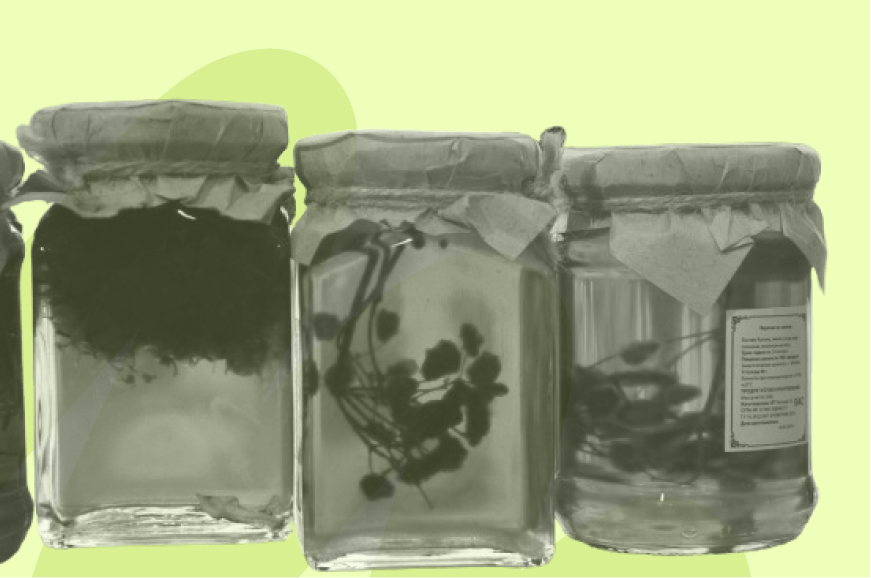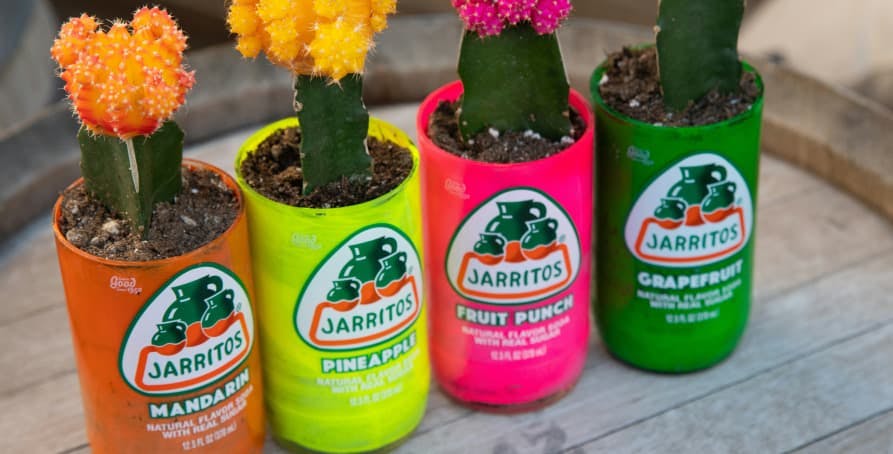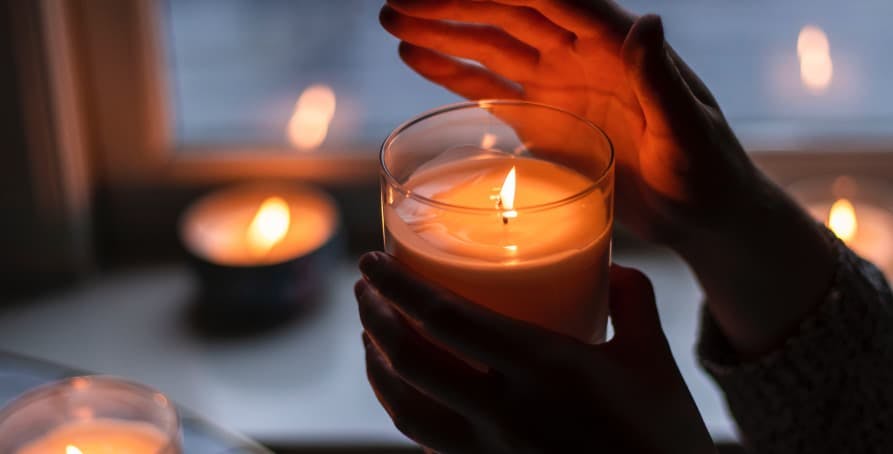
What are the 3 Pillars of Corporate Sustainability?
In this article, we'll explore what the 3 pillars of corporate responsibility are, why they're important, and how businesses can turn them into practical action.
ESG / CSR
Industries



How upcycling differs from recycling
The benefits of upcycling
How everyone can try upcycling
Consumers have undoubtedly become more aware of their purchasing habits, with up to 75% of people making an effort to reduce their plastic consumption – but despite these efforts to improve recycling, many people are unaware of the benefits of upcycling.
Upcycling is a new trend which encourages consumers to transform their original purchased product into a new item that they will continue to use in their everyday lives.
In this article, we’ll explain what upcycling is, how it is different from recycling, the benefits of upcycling, and how you can start upcycling yourself at home.
Upcycling refers to the process of people modifying their old products and turning them into “new” products that can be used again – often seeking to be more functional than the original product was in the first place.
It is important to remember that the majority of items which are upcycled are items that would usually be thrown away or attempted to be recycled after its use – such as empty jars, old fabrics and pieces of clothing, or packaging materials.
Popular items that are often upcycled include:
Empty candle jars are often reused as storage containers, planters, or holders for small household items.
Glass spice jars are commonly repurposed for organizing herbs, craft supplies, or small hardware.
Jam jars are frequently upcycled into drinking glasses, storage containers, or homemade gift packaging.
Worn garments are transformed into tote bags, cleaning rags, quilts, or redesigned fashion pieces.
Old furniture is sanded, repainted, or rebuilt into new pieces, extending its lifespan and avoiding landfill waste.
Glass bottles are often repurposed into vases, lamps, or decorative items instead of being discarded.
Oftentimes, as people seek to make their “new product” into something they can find more useful in their day-to-day life – the upcycled product is usually more functional than the original product. However, accomplishing this will require innovation and creativity on behalf of the consumer – seeing as upcycling demands extensive attention to detail and the various parts of the product that must be removed or revamped in the process of upcycling.
Many people will use upcycling for various reasons, such as:

Some examples of upcycling include seeking to upcycle fashion, old spices, candles, and furniture.
Here are some of these examples of upcycling explained in more detail:
Upcycling will require awareness and creativity on behalf of either the company distributing the product or the consumer purchasing it, but in the end – upcycling is a tool and habit that can be practiced amongst the majority of things we buy and use throughout our lives.

The main difference between recycling and upcycling is recycling is the process of breaking down the materials from a product which can be reused again by manufacturers – such as paper, plastic, metals, and glass. Upcycling, on the other hand, refers to the process of utilizing those materials in their existing form to be used again – without the need for extensive processing.
Therefore, one of the overarching advantages of upcycling over recycling is that it mitigates the need to entirely disassemble a product, melt down materials, and wait for them to be used. Upcycling takes advantage of the already existing materials and aims for them to be re-used in their current state.
Additional differences between upcycling and recycling include:
The battle cards below will further break down the differences between upcycling and recycling:
While both recycling and upcycling provide the opportunity for a material to be reused before it finds its way to the landfill, they differ as recycling can go awry and upcycling allows the consumer to have full control over the future of the re-worked item.

Upcycling should be used more often than it currently is because it helps to ensure that resources are not thrown away, improperly recycled, and are used to their full potential.
Here are a few more reasons why upcycling should be used more than it currently is:
Many non-biodegradable materials like styrofoam and car tires can be upcycled into useful items, helping reduce landfill waste and greenhouse gas emissions.
Some resources — even when ethically sourced — are limited, making upcycling a key way to maximize their lifespan.
Upcycled products add individuality to homes and offices while inspiring others to rethink how everyday items can be reused creatively.
Upcycling helps develop crafting, repair, and problem-solving skills that are useful both personally and professionally.
Many small businesses rely on upcycling to create and sell unique products, supporting local economies while reducing environmental impact.
By extending the life of everyday items, upcycling prevents premature disposal and lowers overall waste sent to landfills.
Many people choose recycling over upcycling as it takes less time and effort, but the benefits of upcycling often outweigh those presented by recycling.

You can easily get started with upcycling with the help of the internet and social media for inspiration, such as by looking on Pinterest, Tik Tok, Youtube, Instagram, and blogs for inspiration on how to rework some of your existing items into new, upcycled materials.
The interactive flip cards below (move cursor over card to flip) will reveal some of our tips to make upcycling accessible to you:
Overall, upcycling is a trendy yet effective way to play your part in the midst of climate change and push for greater sustainability – and seeing as upcycling can be done with just about anything, the opportunities to complete these small projects and changes are truly endless.
If reading this article on upcycling has made you interested in reducing your carbon emissions to further fight against climate change – Greenly can help you!
Seeking to understand how upcycling could have an impact on your business can prove difficult to understand, but don’t worry – Greenly is here to help! Click here to book a demo and get personalized expertise on how you can start to reduce your own emissions and decrease your environmental impact.
Greenly can help you make an environmental change for the better, starting with a carbon footprint assessment to know how much carbon emissions your company produces.